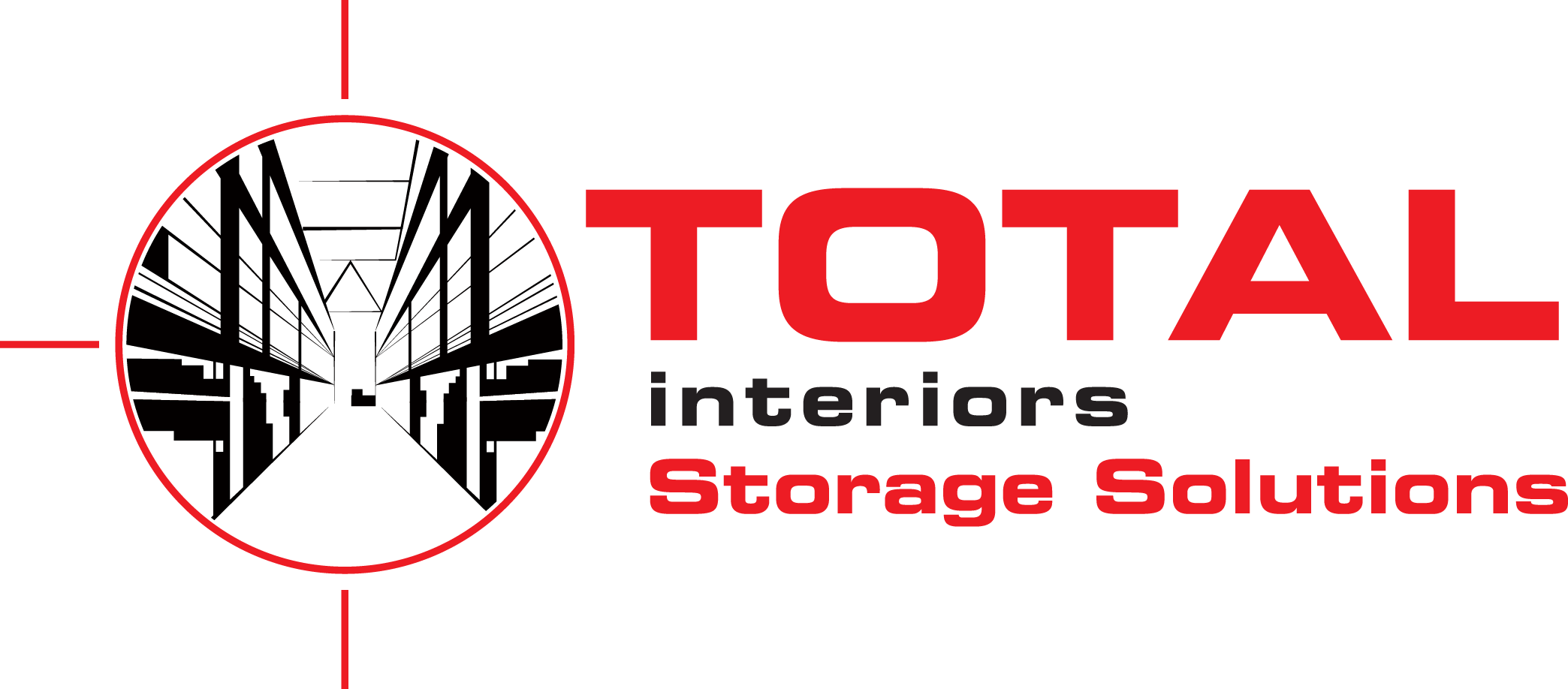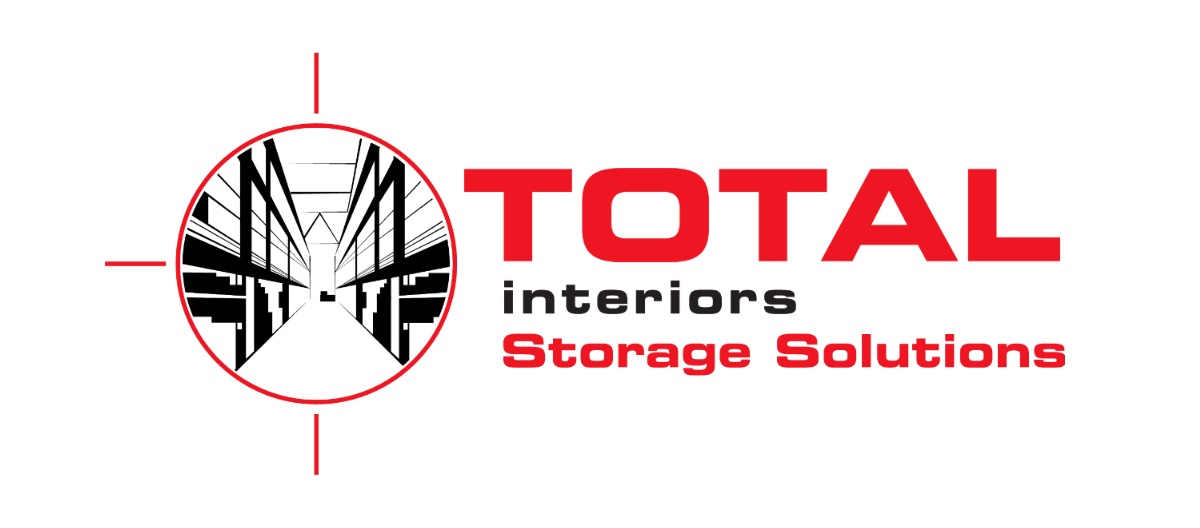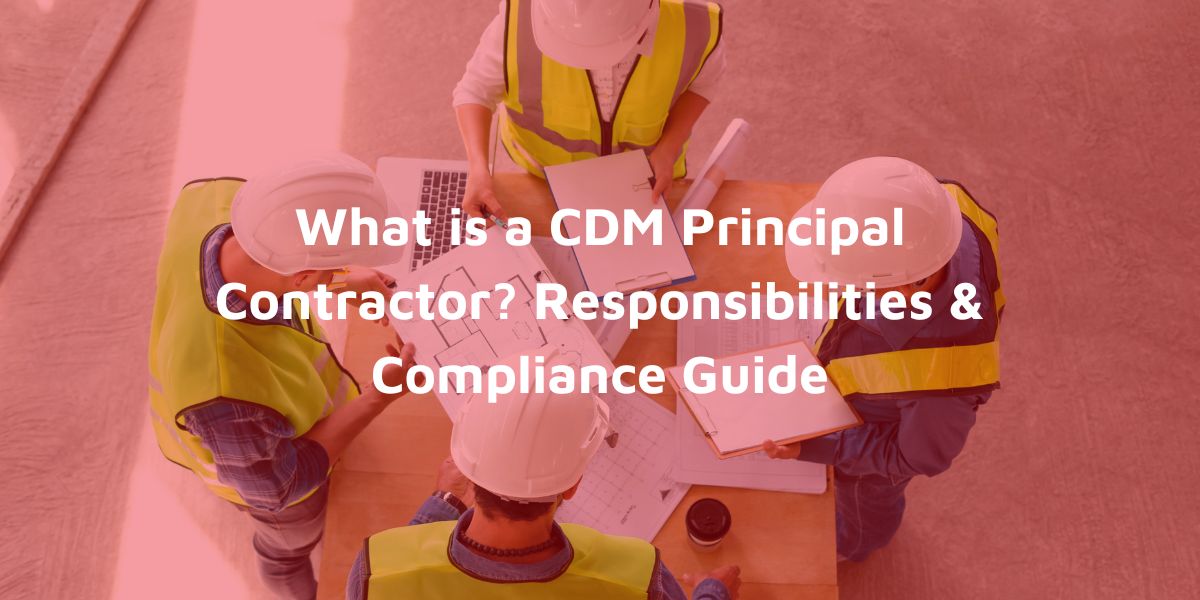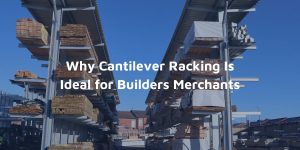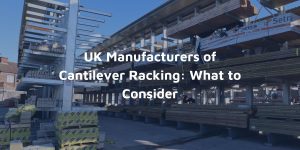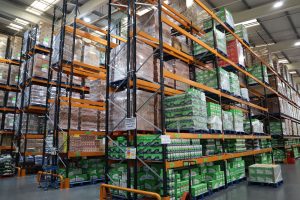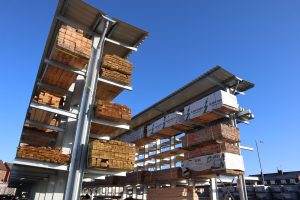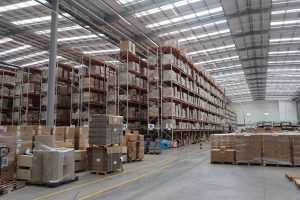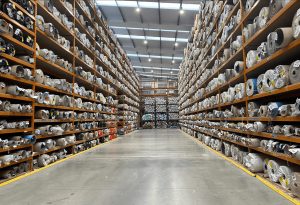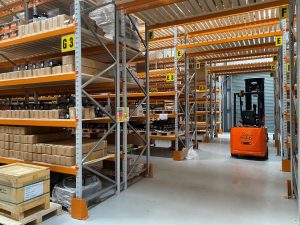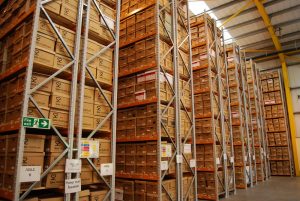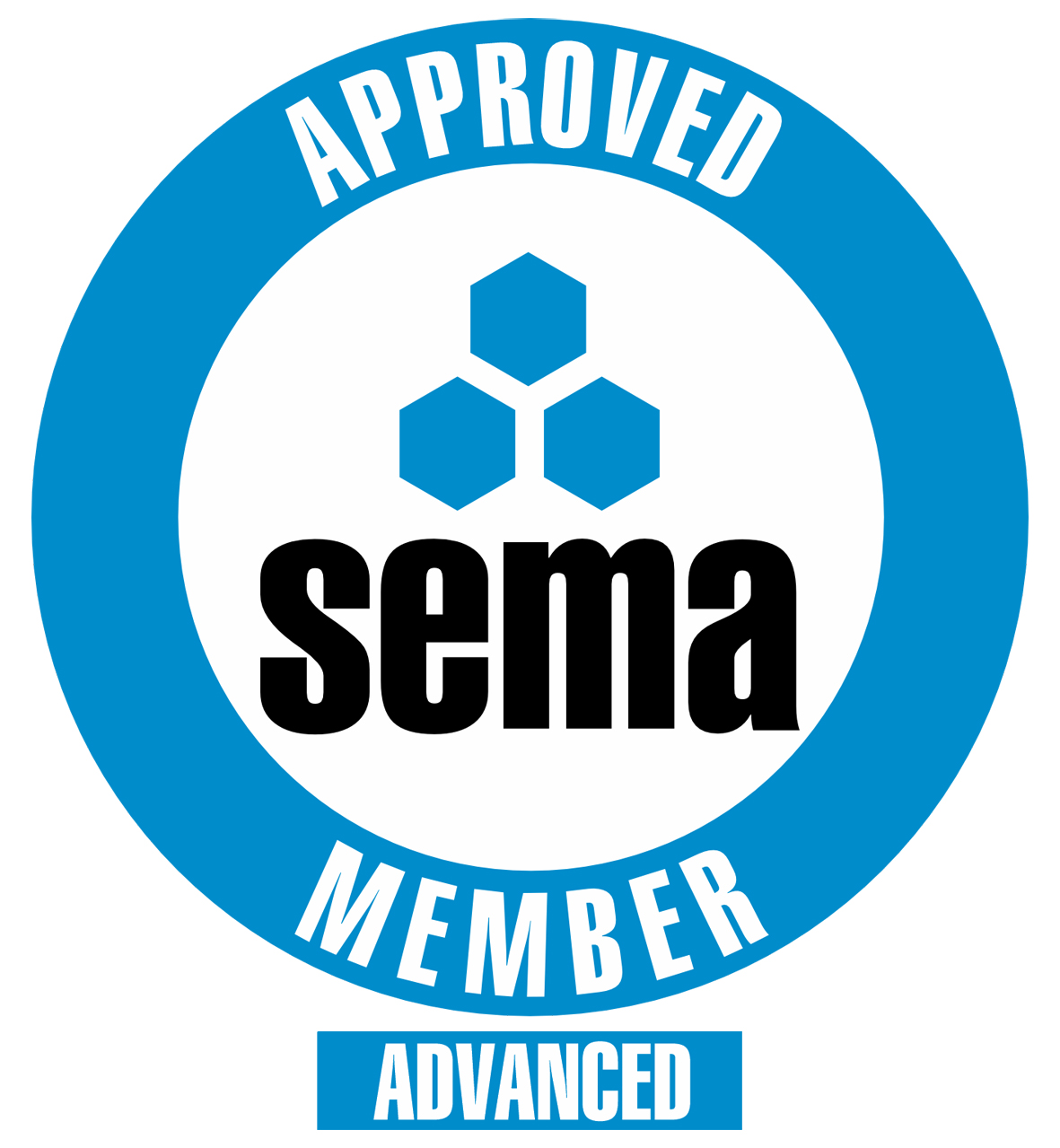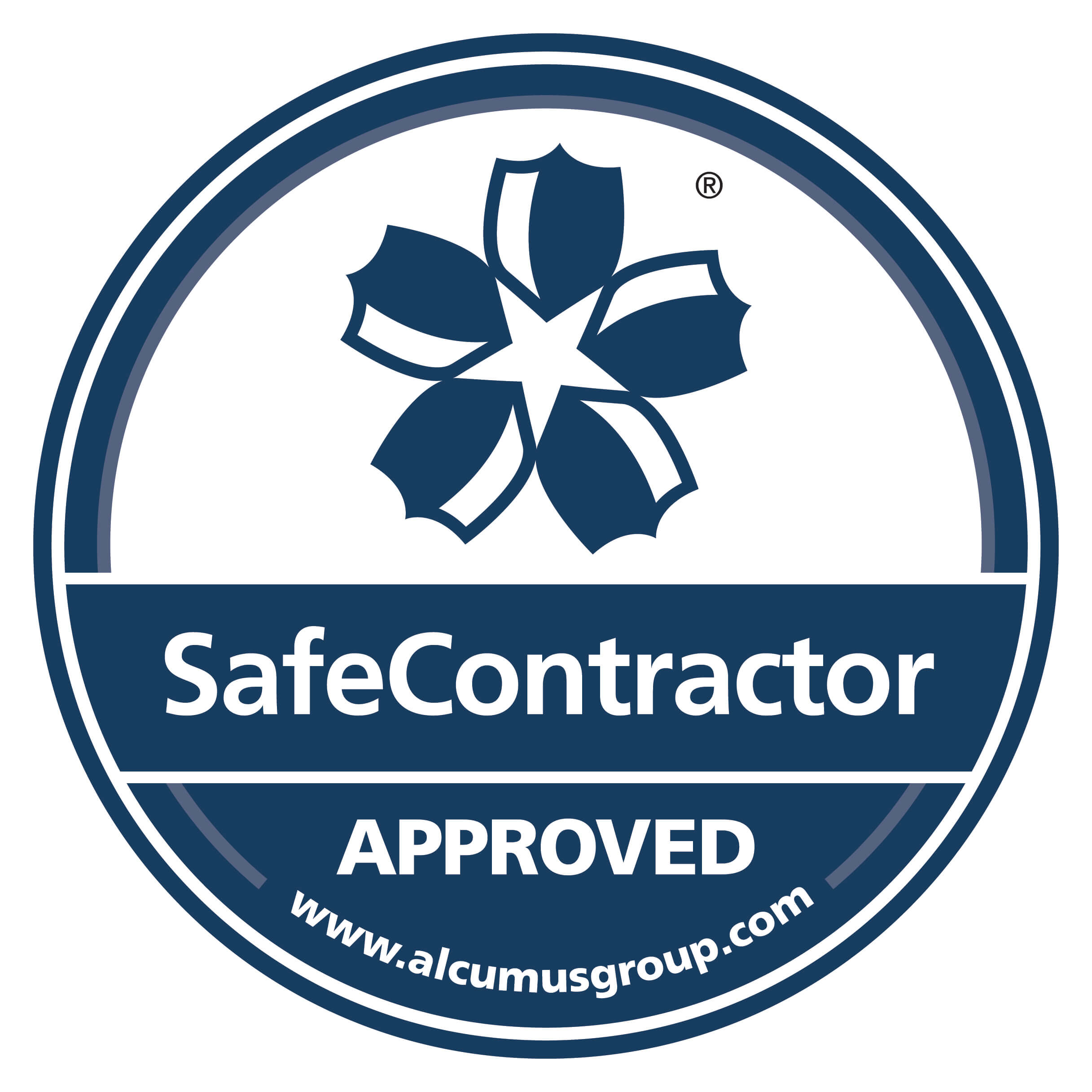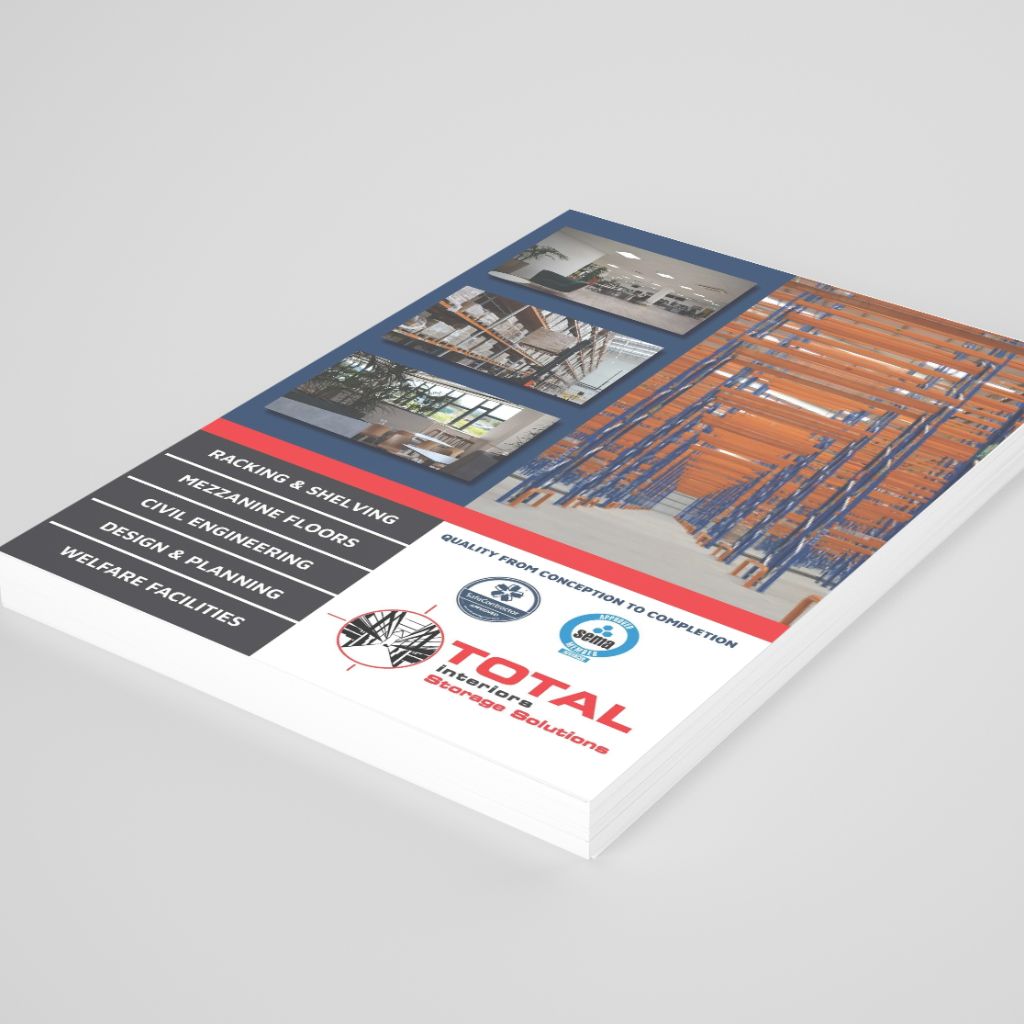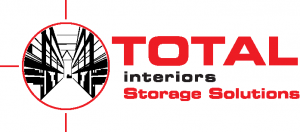Introduction
In any construction project, safety, organisation, and legal compliance are essential. This is where a CDM Principal Contractor comes in. Under the Construction (Design and Management) Regulations 2015 (CDM 2015), a Principal Contractor is legally responsible for managing health and safety during the construction phase of a project.
For businesses like Total Interiors Direct, which specialise in racking installations, fit-outs, refurbishments, and mezzanine floors, working with the right CDM Principal Contractor ensures that all aspects of a project are completed safely, efficiently, and in line with UK regulations.
This guide will explain what a CDM Principal Contractor is, their responsibilities, and why appointing the right one is crucial for compliance and project success.
What is a CDM Principal Contractor?
A CDM Principal Contractor is the organisation or individual appointed to plan, manage, monitor, and coordinate health and safety during the construction phase of a project.
Under CDM 2015 regulations, any construction project that involves more than one contractor must have a Principal Contractor to ensure that all work is carried out safely and meets legal requirements.
When is a Principal Contractor Required?
A Principal Contractor must be appointed when:
✅ There is more than one contractor on a project (e.g., electricians, builders, fit-out specialists).
✅ The project involves significant construction work, such as mezzanine floors, warehouse racking, or commercial refurbishments.
✅ The project requires a Construction Phase Plan to outline how health and safety will be managed.
For companies like Total Interiors Direct, this means that whenever a client undertakes a large-scale refurbishment, racking installation, or a mezzanine floor project, a CDM Principal Contractor must be appointed to oversee health and safety.
CDM Principal Contractor Responsibilities
A CDM Principal Contractor’s main role is to ensure that all work is carried out safely. Their key responsibilities include:
1. Managing Health & Safety on Site
- Ensuring that all contractors follow safe working practices.
- Identifying and mitigating potential hazards.
- Implementing risk assessments and method statements (RAMS).
2. Creating a Construction Phase Plan
- Developing a detailed safety strategy before work begins.
- Outlining how risks will be managed throughout the project.
- Ensuring workers are properly trained and equipped.
3. Coordinating Multiple Contractors
- Ensuring different trades work together safely and efficiently.
- Avoiding delays, accidents, or conflicts between teams.
- Overseeing specialists for projects like fit-outs, racking, and mezzanine floor installations.
4. Ensuring CDM Compliance
- Adhering to legal regulations set by the Health and Safety Executive (HSE).
- Keeping thorough records of safety checks, meetings, and site inspections.
- Preventing legal or financial penalties due to non-compliance.
5. Providing Welfare Facilities
- Ensuring there are adequate toilets, washing facilities, rest areas, and drinking water on-site.
- Making sure all workers have access to proper protective equipment (PPE).
By fulfilling these responsibilities, a CDM Principal Contractor ensures that projects, whether a large warehouse refurbishment or a mezzanine floor installation, are carried out safely and legally.
Why Appointing the Right CDM Principal Contractor is Crucial
1. Protecting Workers & Reducing Risks
In industries like warehouse racking, fit-outs, and refurbishments, there are numerous hazards, including:
⚠️ Working at height (especially with mezzanine floors and racking).
⚠️ Heavy lifting and machinery use.
⚠️ Electrical and fire risks in refurbishments.
A competent Principal Contractor will implement proper safety measures to reduce accidents and protect workers.
2. Ensuring Project Efficiency
A Principal Contractor helps avoid costly delays by ensuring:
✅ Smooth coordination between different contractors.
✅ Strict adherence to timelines and safety standards.
✅ Minimise disruption to business operations.
For example, during a warehouse racking installation, a Principal Contractor ensures that different teams (e.g., installers, electricians, safety inspectors) work together seamlessly without causing delays.
3. Avoiding Legal and Financial Penalties
Failing to comply with CDM regulations can lead to:
❌ Heavy fines from the HSE.
❌ Project shutdowns due to safety violations.
❌ Legal consequences for the client and contractors.
By hiring a qualified CDM Principal Contractor, businesses ensure they meet legal obligations and avoid costly penalties.
How to Choose the Right CDM Principal Contractor
When selecting a CDM Principal Contractor, consider the following:
🔹 Experience & Qualifications – Do they have experience in your type of project (e.g., mezzanine floors, fit-outs)?
🔹 Health & Safety Record – Have they successfully managed safe and compliant projects?
🔹 Accreditations – Are they HSE-compliant and hold relevant safety certifications?
🔹 Client Reviews & Case Studies – Do they have positive testimonials from similar projects?
At Total Interiors Direct, we ensure that all projects, from racking installations to full refurbishments, are CDM-compliant, safe, and efficient.
Final Thoughts
A CDM Principal Contractor is essential for ensuring the safety, efficiency, and legal compliance of any construction project. Whether you’re planning a warehouse fit-out, mezzanine floor installation, or large-scale refurbishment, choosing the right contractor can make all the difference.
At Total Interiors Direct, we work alongside experienced Principal Contractors to ensure that every project meets CDM regulations, runs smoothly, and prioritises health and safety.
Need help with your next project? Contact Total Interiors Direct today for expert guidance and CDM-compliant solutions!
FAQs
1. What does CDM stand for?
CDM stands for Construction (Design and Management) Regulations 2015, which govern health and safety in construction projects.
2. Can the client act as the CDM Principal Contractor?
Yes, but only if they have the necessary experience and qualifications to manage health and safety effectively.
3. Do all construction projects require a Principal Contractor?
Only projects involving more than one contractor require a CDM Principal Contractor.
4. What happens if a project does not comply with CDM regulations?
Failure to comply can result in legal action, fines, or project shutdowns by the HSE.
